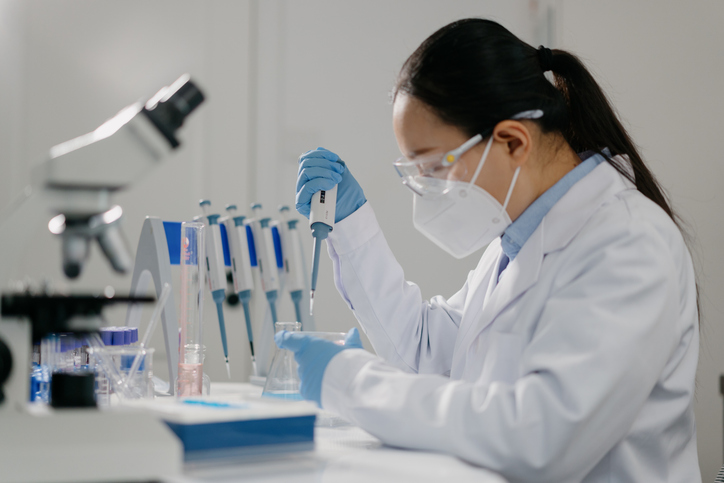The ability to modulate high-mannose glycans during the production and reformulation of monoclonal antibodies (mAbs), antibody-drug conjugates, and biosimilars is an important factor affecting cytotoxicity and half-life. Although many modulators are available, only a few increase M5 glycans for mAbs, which generally have low levels of high-mannose species.
As bioprocesses become increasingly efficient, biomanufacturers need M5 modulators that are more effective and affordable. “M5 control is important not only for biosimilars, but also during process optimization,” Martin Jordan, PhD, senior scientist at Merck Serono, tells GEN.
Recently, European scientists discovered new high-mannose glycan modulators in the polyether ionophore family. One—maduramycin—is especially adept at increasing M5 glycans for mAbs. As such, it offers an alternative to monensin (a sodium-hydrogen ionophore that inhibits glycan processing), and kifunensine, (a popular α-mannosidase I inhibitor that increases M9 and M9 glycans) for both continuous and fed-batch mAb manufacturing processes.
Beneficial for subcutaneously-administered biologics
Maduramycin also appears particularly beneficial for subcutaneously-administered biologics because serum α-mannosidase is not present. That serum, which is present in intravenously-administered biologics (which are modulated with either kifunensine or monensin), causes the M6-M9 glycans to cleave to M5 glycans, thus preventing immunogenic reactions.
“The advantages of maduramycin are that it is highly efficient and widely used,” Jordan says. “Nevertheless, it is not an enzyme-specific inhibitor, and the exact mechanism [of action] is not fully known.”
In a recent study, Jordan and scientists at the University of Applied Sciences and Arts Northwestern Switzerland and the Vienna University of Technology evaluated maduramycin feeding strategies for fed-batch and steady-state perfusion processes and compared maduramycin to kifunensine.
In fed-batch processes, they found that 40 nM or more of maduramycin enhanced cell growth, and that M5 glycan productivity peaked when total high-mannose glycans exceeded 30%. Compared to kifunensine, “maduramycin almost exclusively increased the M5 species and resulted in a relative M5 distribution of about 80% or higher for all three cell lines, independent of the total high-mannose level,” they reported.
In a semi-continuous perfusion process, the scientists maintained cultures at modulator concentrations of 1 μM of kifunensine and 200 nM of maduramycin for four days at steady-state cell density without affecting cell viability. Steady-state glycosylation was reached after two days. Removing the modulators returned the cell culture to its original glycopattern.
In that process, 100 nM of kifunensine increased total high-mannose glycans to 15.5%, with even distribution among the glycans. In contrast, maduramycin at 50 nM reached 15.7% total high-mannose glycans, the vast majority of which were M5 glycans.
Mixing kifunensine and maduramycin, Jordan and colleagues suggest, enables manufacturers to control high-mannose distribution for continuous and fed-batch manufacturing, while maintaining product quality and processing stability over time.


